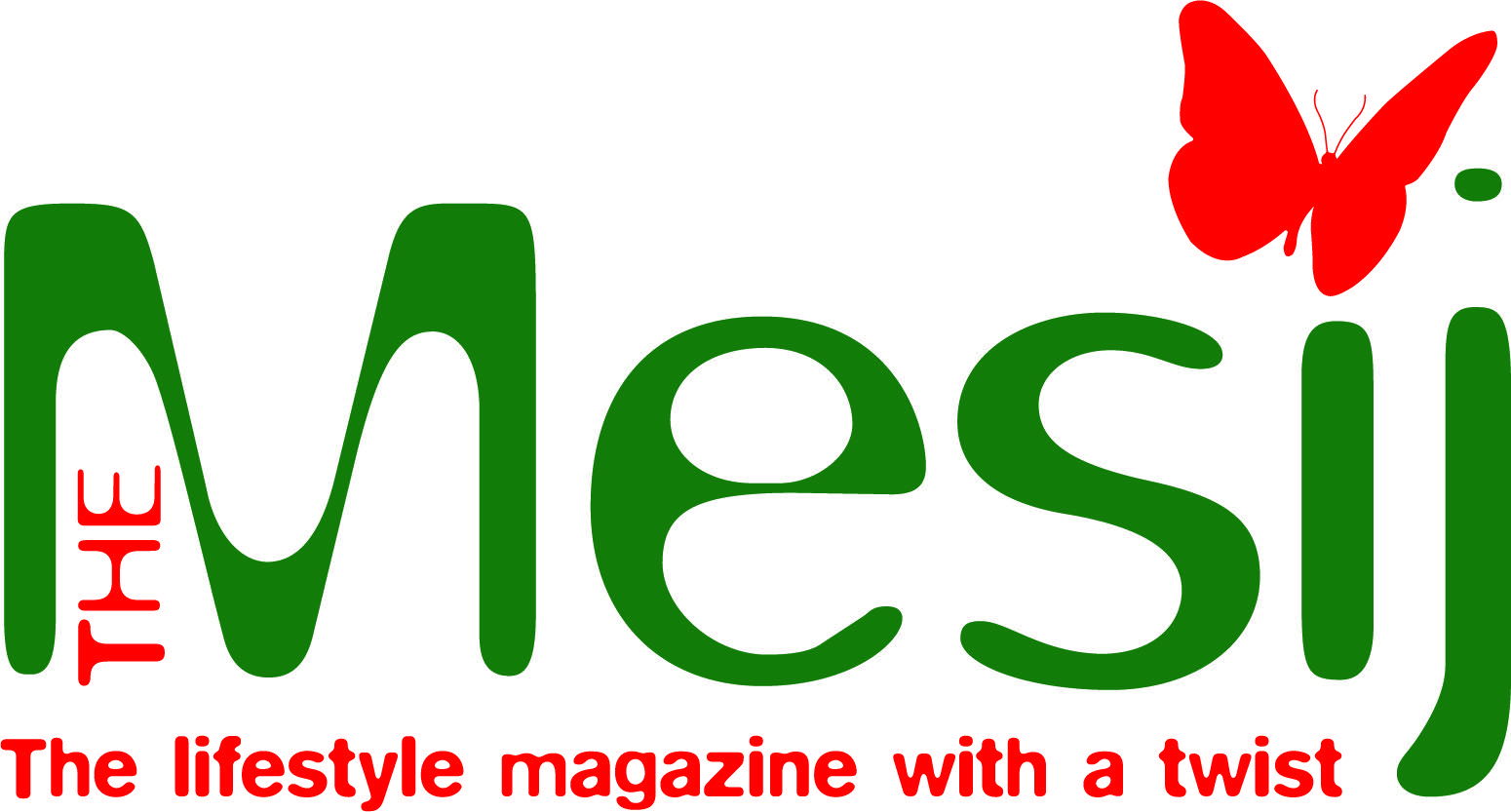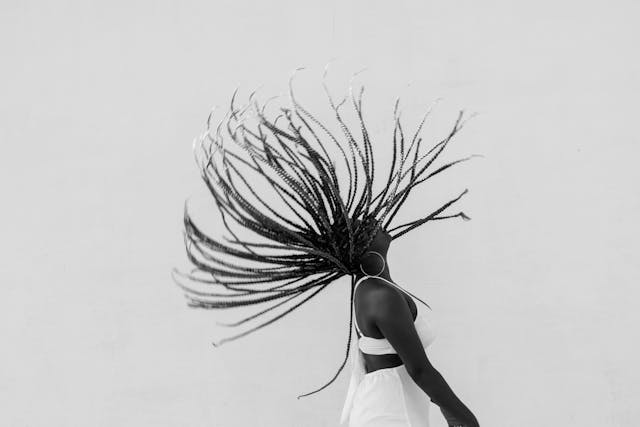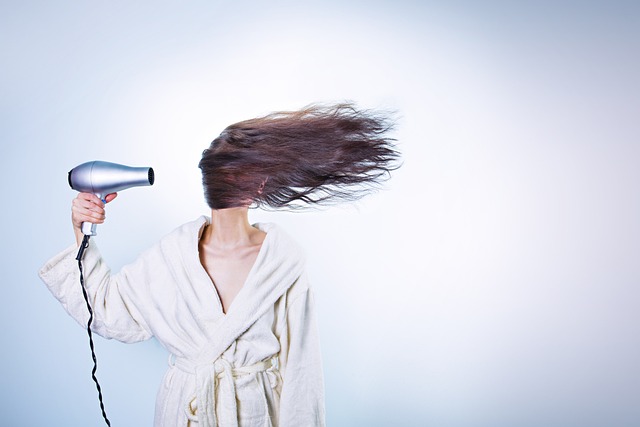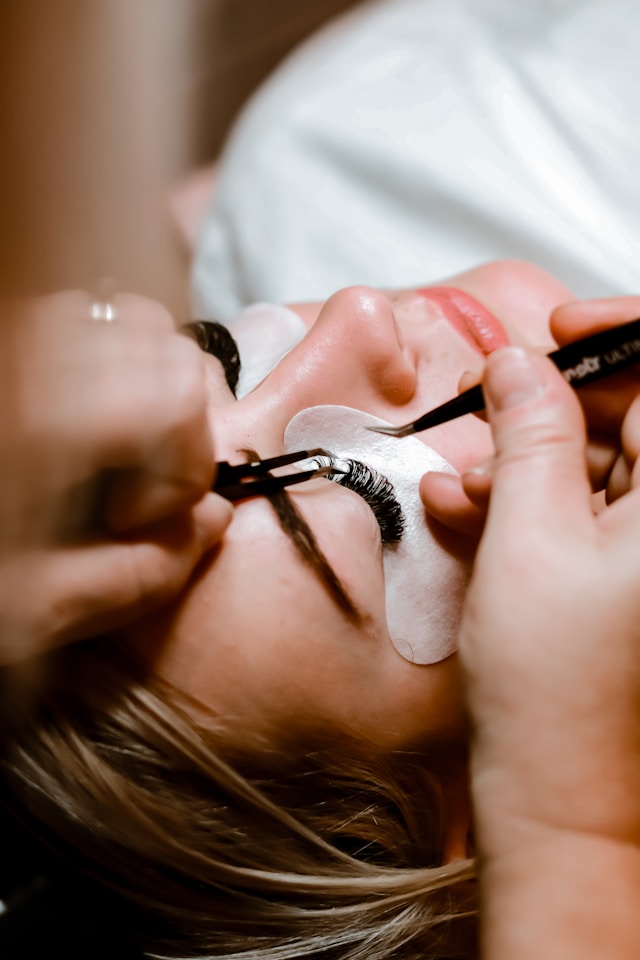When I think of braids, I’m reminded of lazy afternoons spent plaiting my daughter’s hair before school, trying to keep those unruly strands in line. But these intricate weaves are far more than just a practical hairstyle. Braids have a rich and fascinating history, woven deeply into the fabric of cultures across the globe. So, grab a cuppa, and let’s unravel the story of braids, shall we?
A Hairy Legacy: The Origins of Braids
Braids, my dear reader, are as ancient as time itself. They date back at least 5,000 years, with the oldest known depictions coming from Africa. The art of braiding—yes, it is an art—wasn’t just about keeping hair out of one’s face; it was a form of communication. Braids could signify one’s tribe, marital status, age, religion, wealth, and even social rank. It’s rather like wearing your family crest on your head, don’t you think?
The Himba people of Namibia, for instance, still use braiding today as a way to mark different stages of life. The young girls often sport two plaits hanging forward, while the married women wear elaborate, thick braids adorned with ochre. These styles aren’t just random; each has a meaning, a story behind it.
Braids Across the Globe: A Universal Language

Braiding is one of those rare things that transcends time and geography. You see, it’s a hairstyle that cropped up independently in numerous cultures around the world.
In ancient Egypt, both men and women adorned their hair with braids, often accessorized with beads and extensions made from human hair. They took their hair quite seriously, much like we take our tea. And who could blame them? A good braid can make anyone feel a bit like royalty.
Over in Europe, the Celts were fond of braiding too, often weaving intricate patterns into their hair before battle. The Norsemen, or Vikings if you prefer, also wore braids. These weren’t just for the women; the men sported them as well, probably to keep their hair tidy as they sailed off to raid a distant shore or two.
Then, if you pop over to Asia, you’ll find braids in ancient China, where they were a symbol of filial piety and respect for one’s parents. They believed that cutting one’s hair was an affront to one’s ancestors. So, you see, a braid wasn’t just a hairstyle; it was a cultural statement, much like a stiff upper lip.
Why Bother with Braids?
Now, you might be wondering, “Why all the fuss over braids? Surely a simple ponytail would do?” Ah, but there are benefits to this intricate style beyond just looking fabulous.
For one, braids are practical. They keep your hair tidy and out of the way, which is particularly useful when you’re plowing fields, tending fires, or, in modern times, juggling conference calls and school runs. Braids also protect your hair from environmental damage. Tightly woven hair is less exposed to the elements, reducing breakage and keeping it healthier longer—like a well-knit jumper protecting you from the winter chill.
Another perk? Braids can last for days—sometimes weeks—depending on the style. Think of it as the original “set it and forget it” hairdo. If you’ve got a busy week ahead, a good braid can be a lifesaver, sparing you the daily struggle with a hairbrush and some rogue strands.
Braids in the Modern World: Still Fabulous, Still Functional
In today’s world, braids are enjoying a bit of a renaissance. From the red carpets to the high street, everyone seems to be sporting some version of this timeless style. They’re no longer just about practicality or cultural identity; they’re a fashion statement, a way to express your personality.
For many, especially in the African diaspora, braiding is a way to connect with their heritage. Natural hair movements have brought traditional African braiding styles back into vogue, and it’s wonderful to see this celebration of culture and identity.
But braids aren’t just for those with thick, textured hair. Whether your locks are fine, straight, curly, or somewhere in between, there’s a braid for you. The French braid, the fishtail, the Dutch braid—they’re all versatile, elegant, and oh-so-chic. Plus, they work for every occasion, from the office to a weekend getaway.
A Timeless Trend
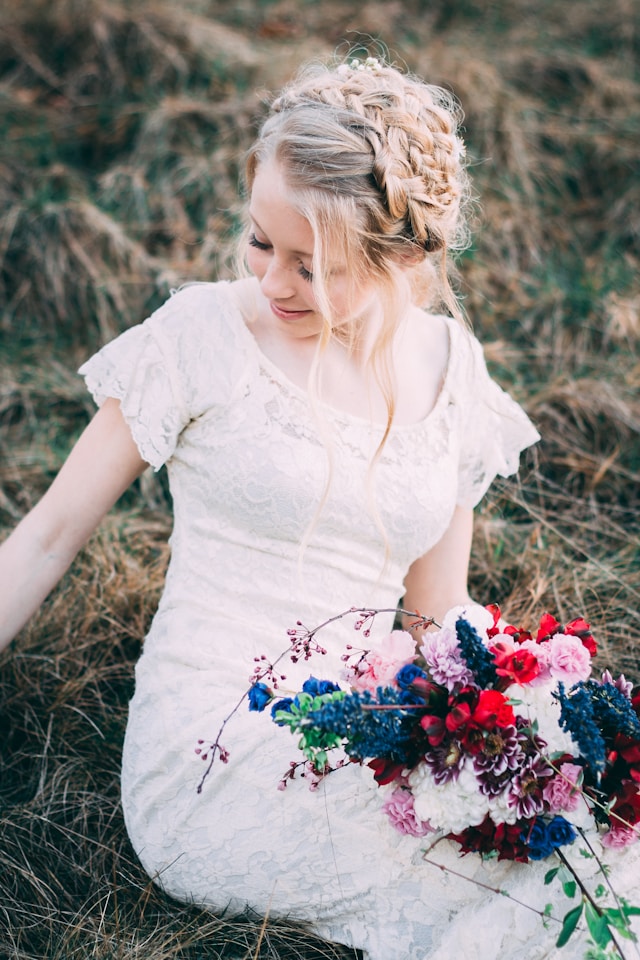
So, whether you’re channeling your inner Viking warrior, honoring your cultural roots, or just trying to keep your hair in check on a windy day, braids offer something for everyone. They’re a hairstyle that’s as old as civilization itself, yet as fresh and relevant today as ever.
Braids are, quite literally, a thread that ties us all together. And who knows? The next time you’re plaiting your hair, you might just be carrying on a tradition that’s thousands of years old. How’s that for a bit of history on your head?
